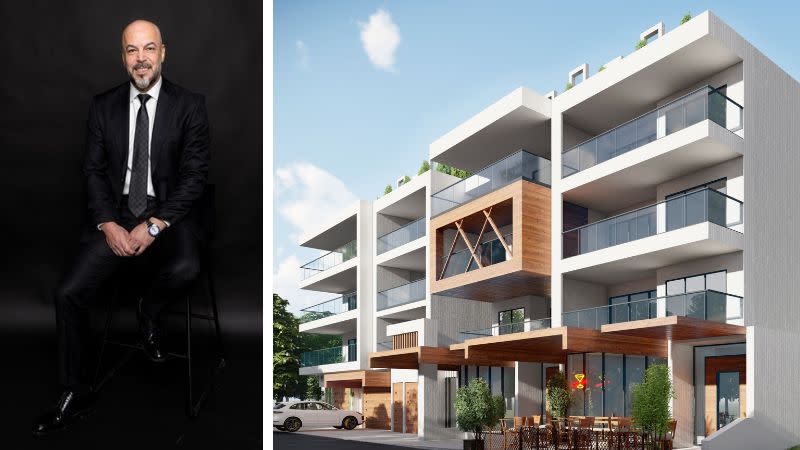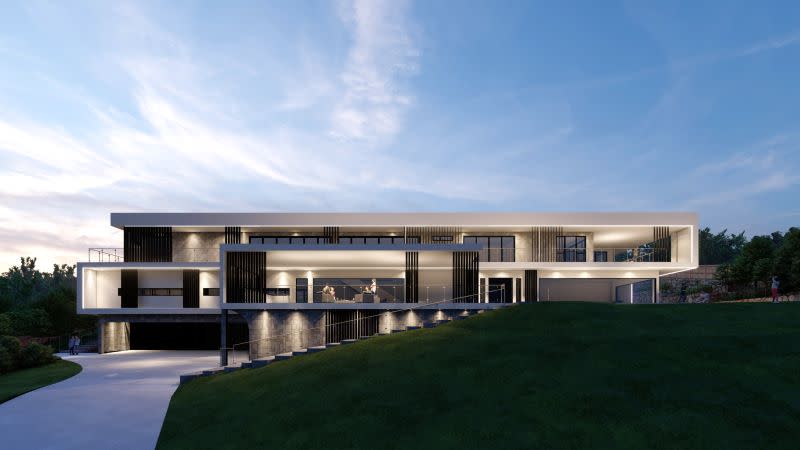Family-Centric Architecture Gains Ground in Australia

Architects are focusing on creating spaces that cater to the lifestyles of Australian families, writes Ammache Architects director Nidal Ammache.
Australian architecture hasn’t always been at the forefront of global recognition, despite its unique characteristics and contributions.
Some common reasons why Australian architecture might not compete as prominently on the global stage include:
Geographical distance
Population size
Historical perspective, and
Planning restrictions.
Despite all these reasons, Australian people are working hard to secure a good lifestyle.
The research by Ammache Architects, suggesting a connection between the strength of social life for the young generation and architectural competitiveness in Australia, underscores this interconnectedness.
The interplay between architecture and social dynamics is a fascinating aspect of urban design.
Architecture doesn’t exist in isolation; it interacts closely with the communities it serves, influencing and being influenced by social behaviours and activities.
It’s understandable how the combination of high labour costs and limited opening hours for venues can create challenges in finding safe and family-friendly spaces for social activities, particularly with young children, during the weekend or afterhours in Australia.
Architecture has the power to influence human behaviour, interaction, and well-being.

Designing buildings that encourage social activities, facilitate for families and young generation gatherings at any time, and promote community engagement can greatly enhance the quality of life in a city or neighbourhood.
While existing community resources and amenities still provide valuable opportunities for families to gather and socialise, finding social places to gather with young kids in Australia on weekends and afterhours can be a rewarding experience.
While factors such as high labour costs and low demand may pose challenges to creating new social projects, creating social activity hubs and buildings for young people requires a shift in thinking among developers and investors.

Considering development risk mitigation, client education plays a crucial role in fostering this change in mentality and promoting the importance of investing in social infrastructure for the well-being of communities.
Director Nidal Ammache said the challenges identified in the research, addressing issues such as high labour costs, planning restrictions, and development costs risks, would be crucial in creating more social projects and community spaces.
Collaboration between developers, investors, local governments, and community groups will be key to overcoming these challenges and prioritising the creation of environments that support social interaction and improve the quality of life for all Australians, most importantly, young children and their families.
The Urban Developer is proud to partner with Ammache Architects to deliver this article to you. In doing so, we can continue to publish our daily news, information, insights and opinion to you, our valued readers.














